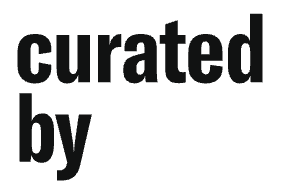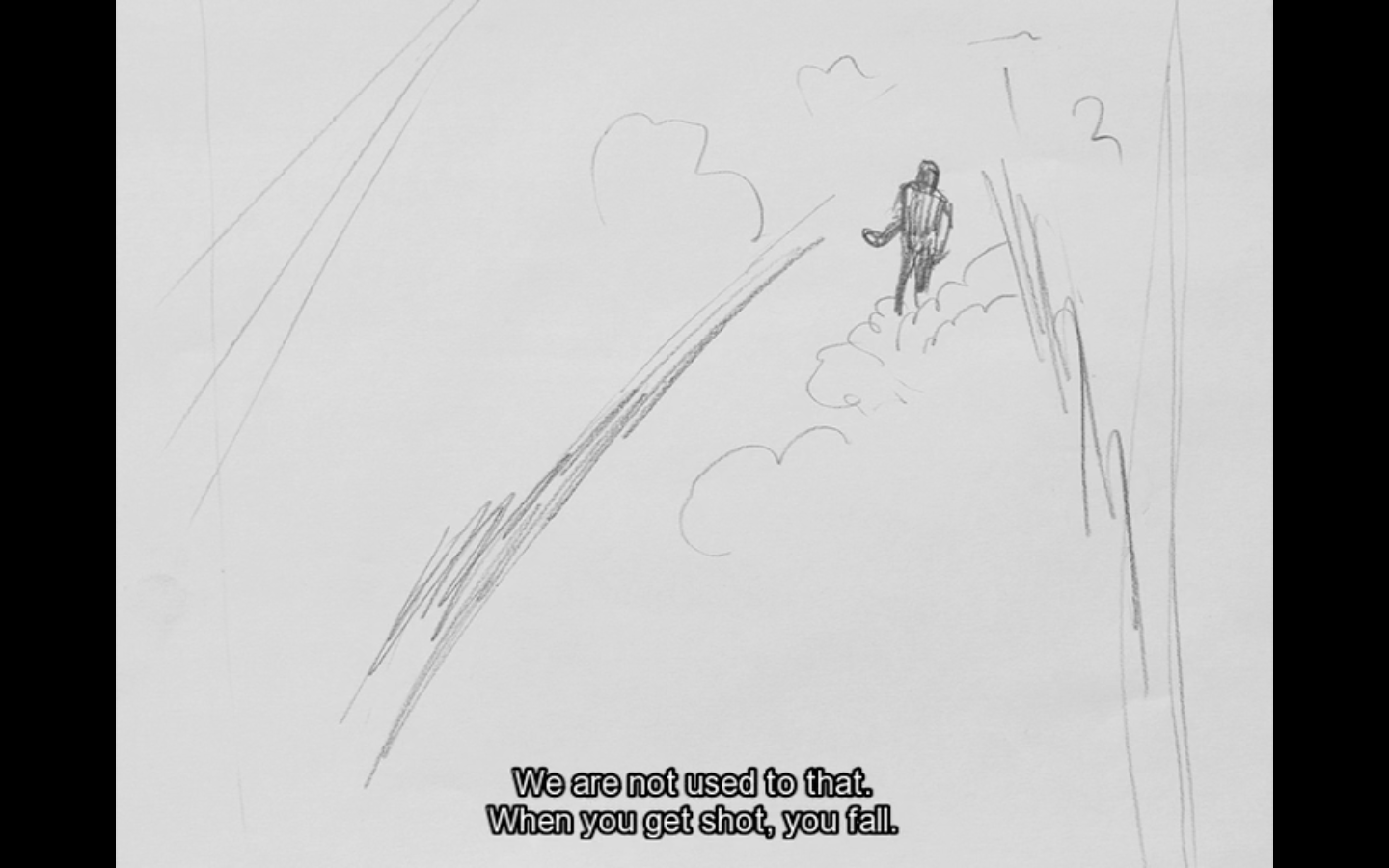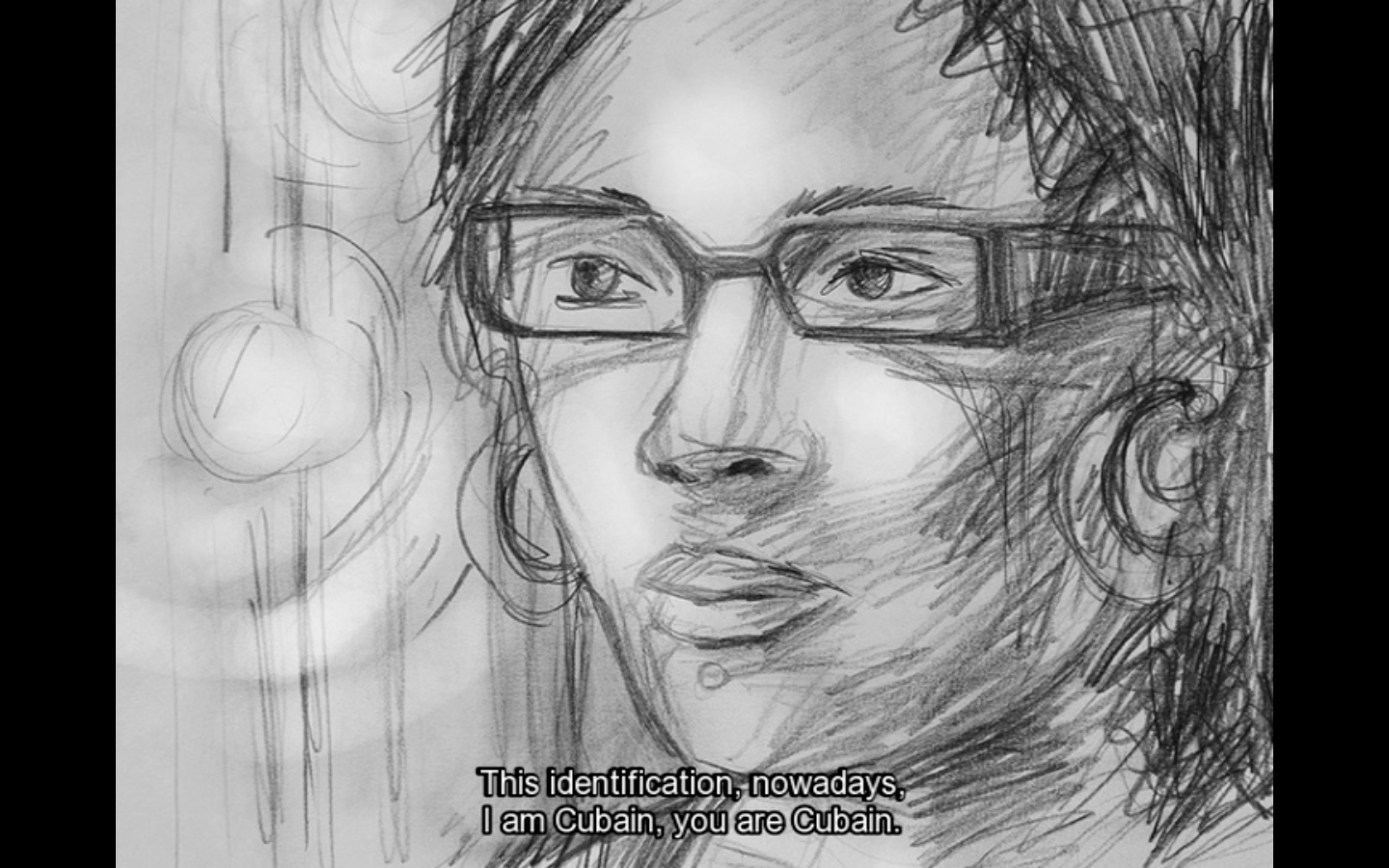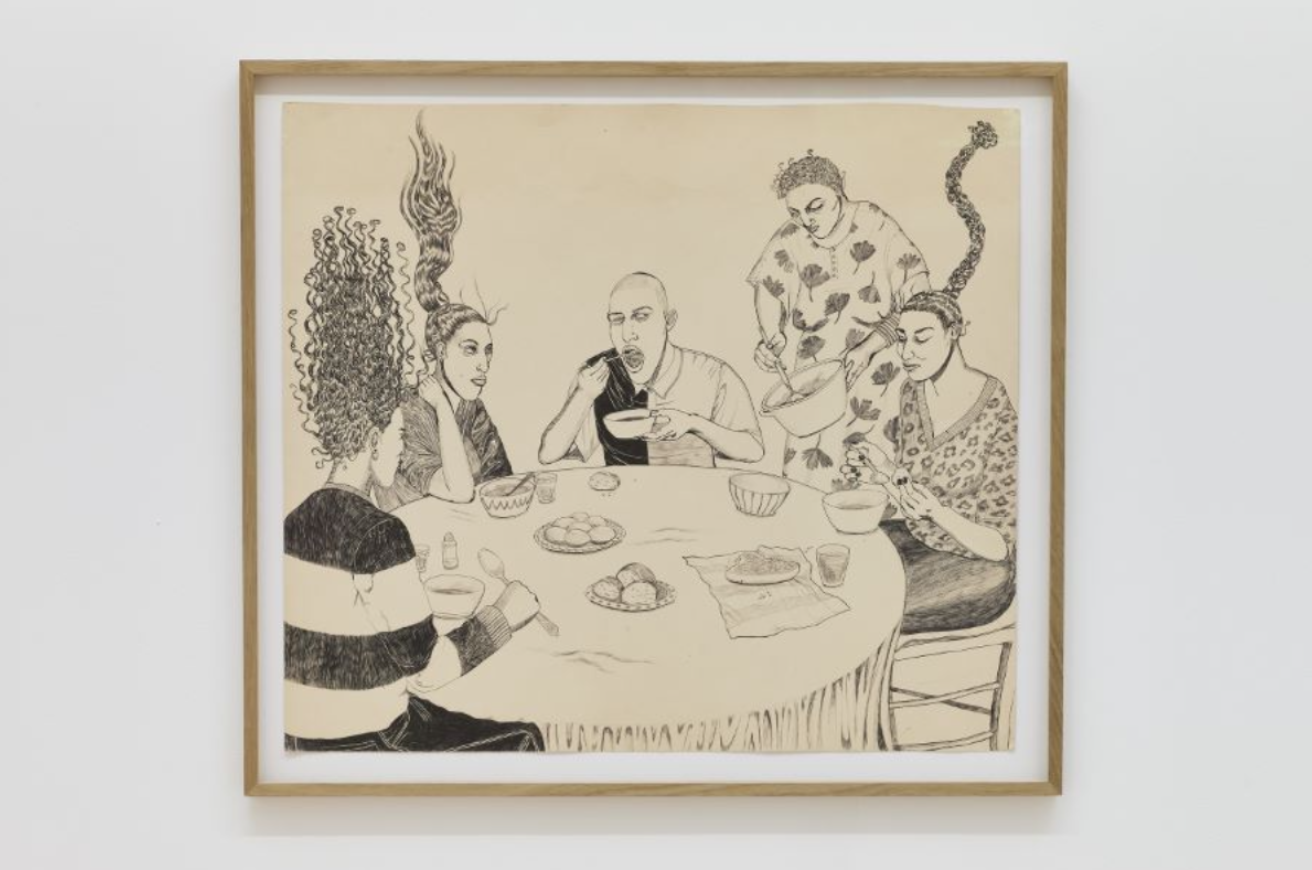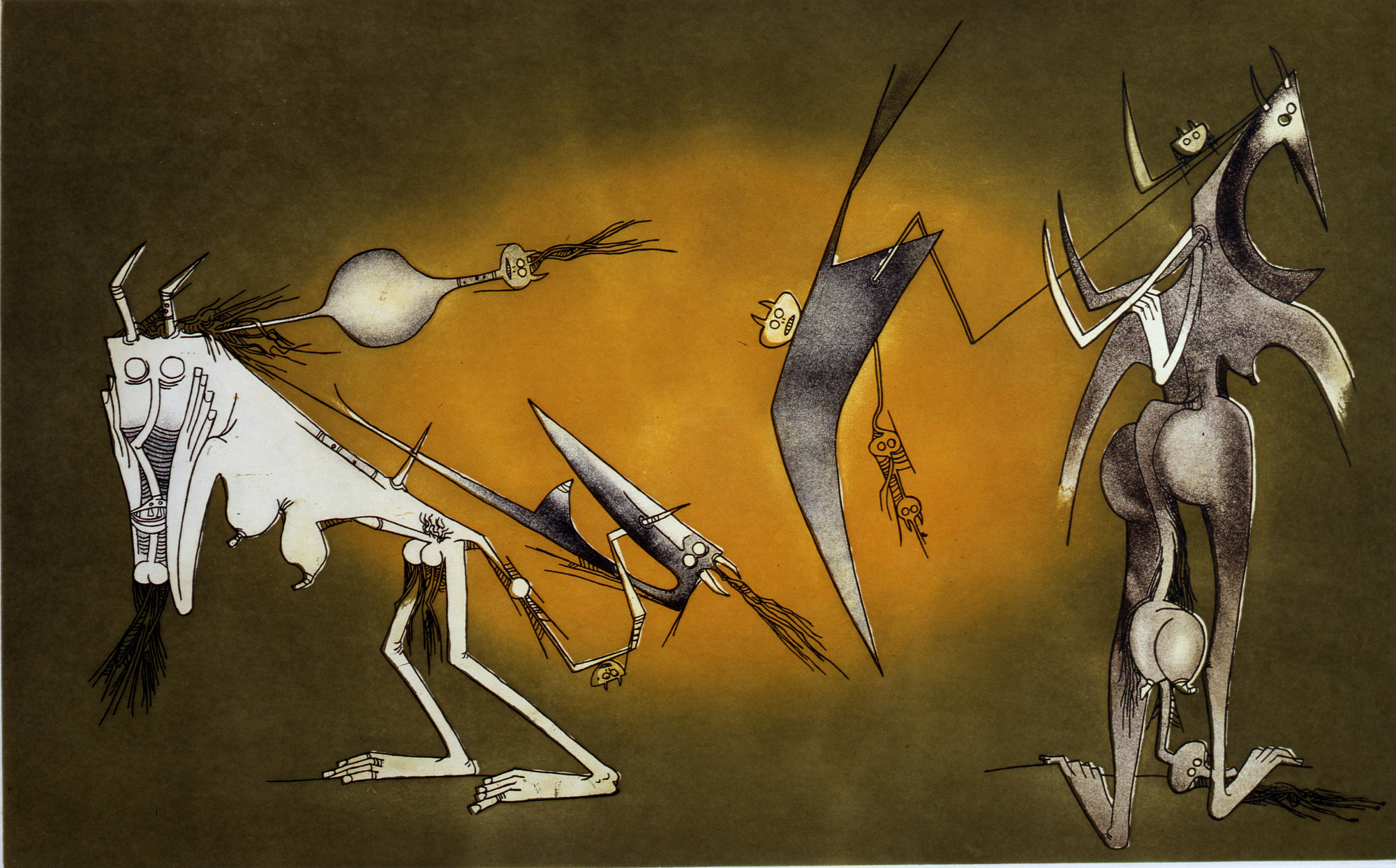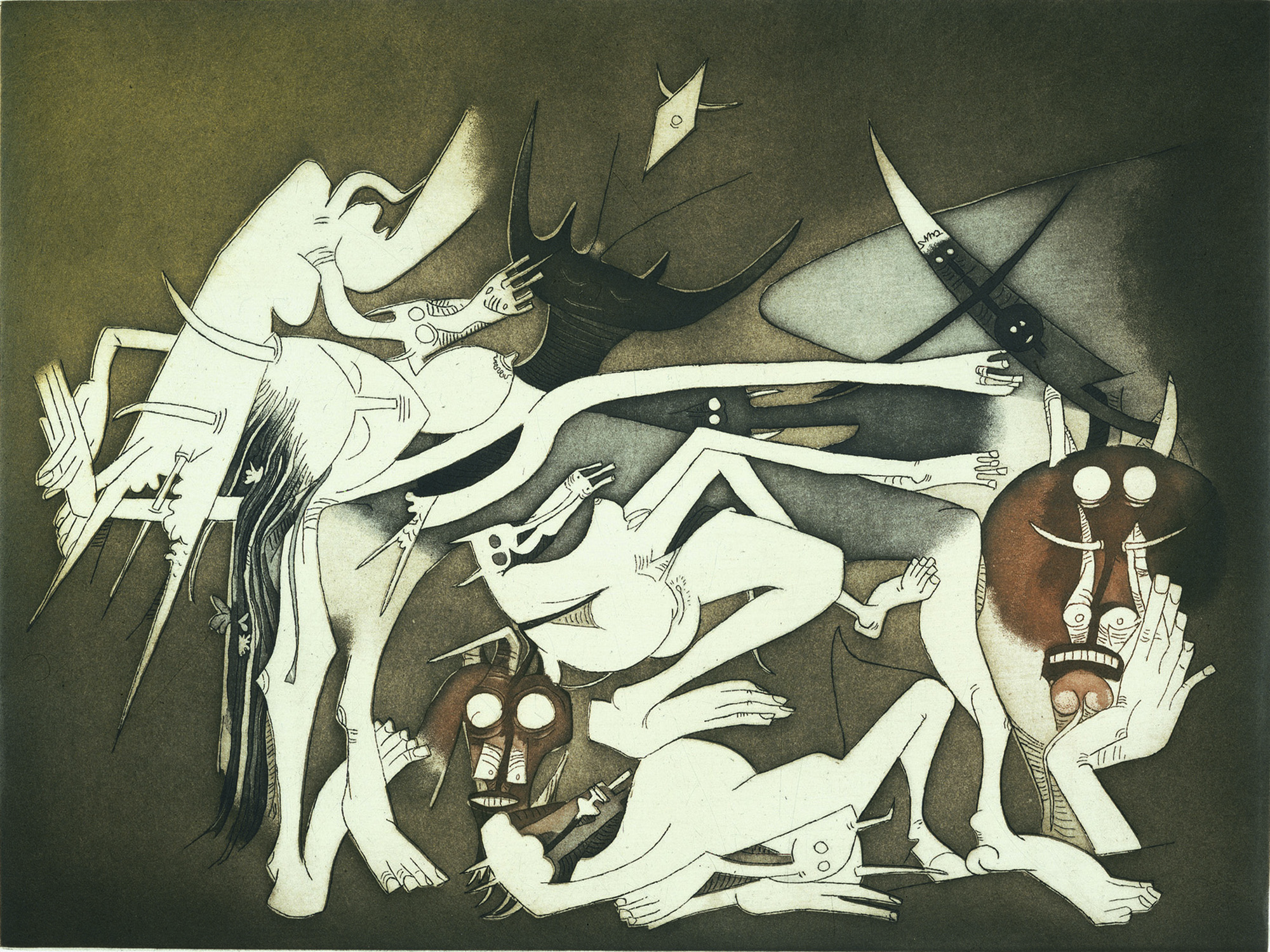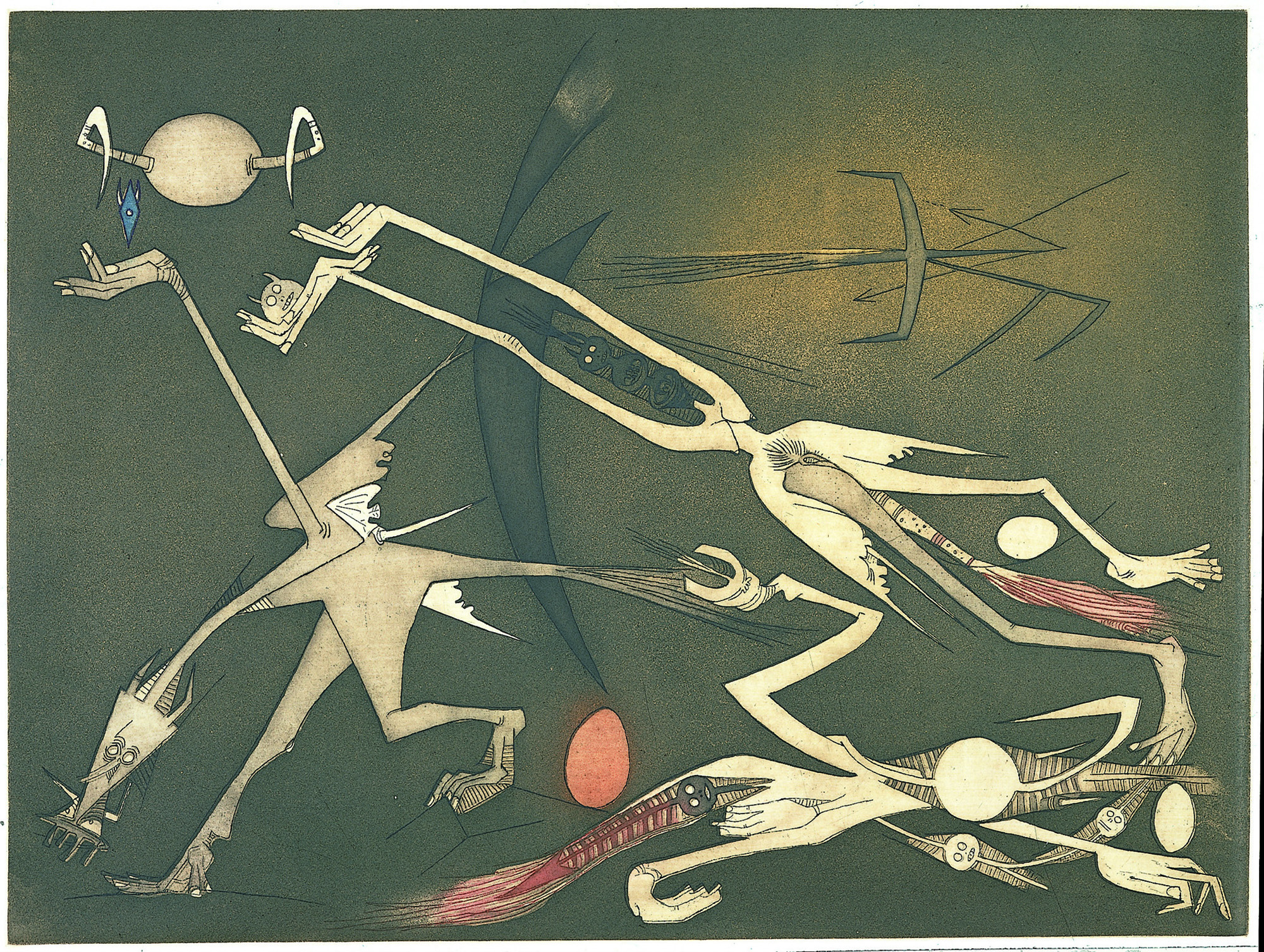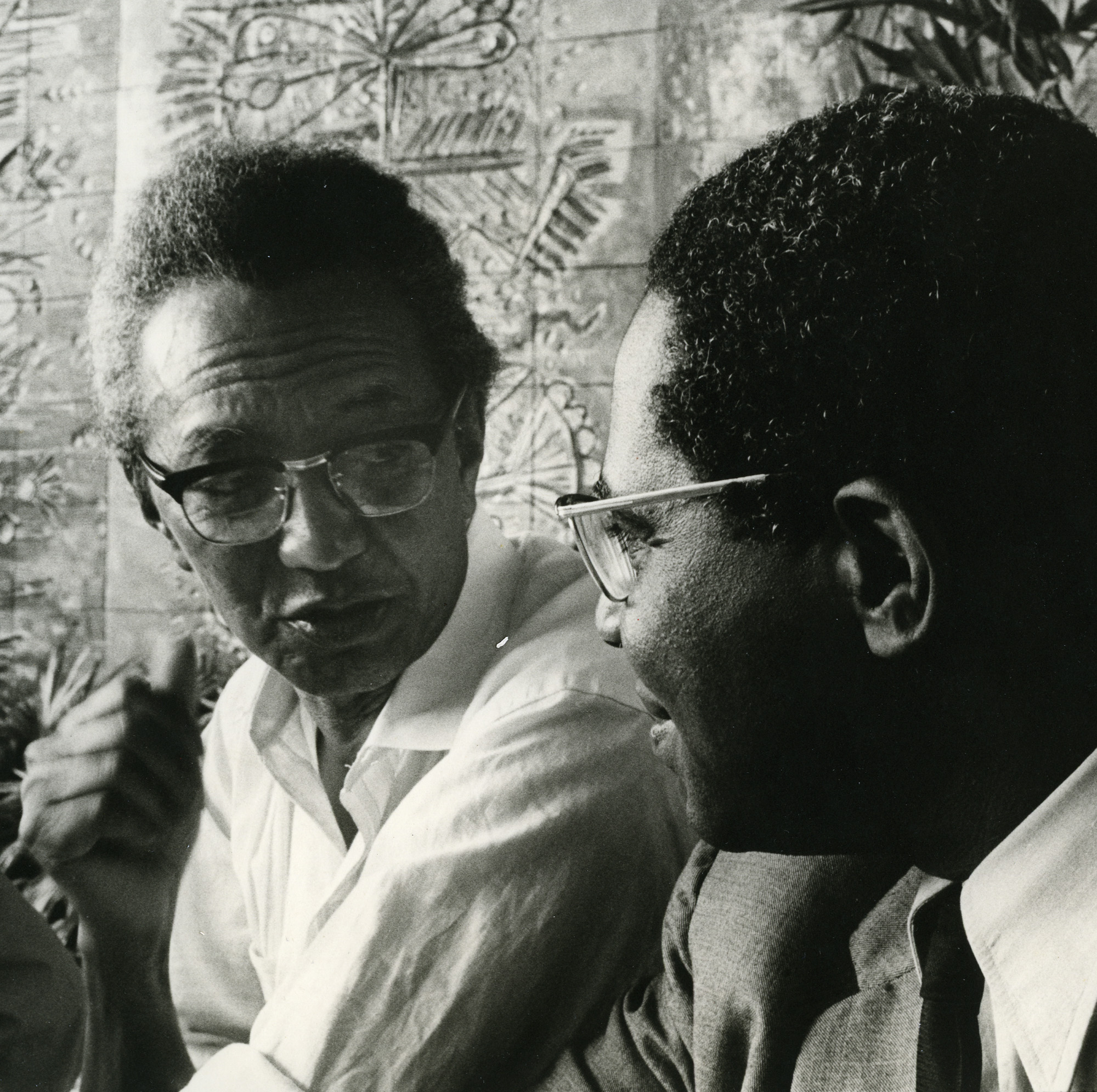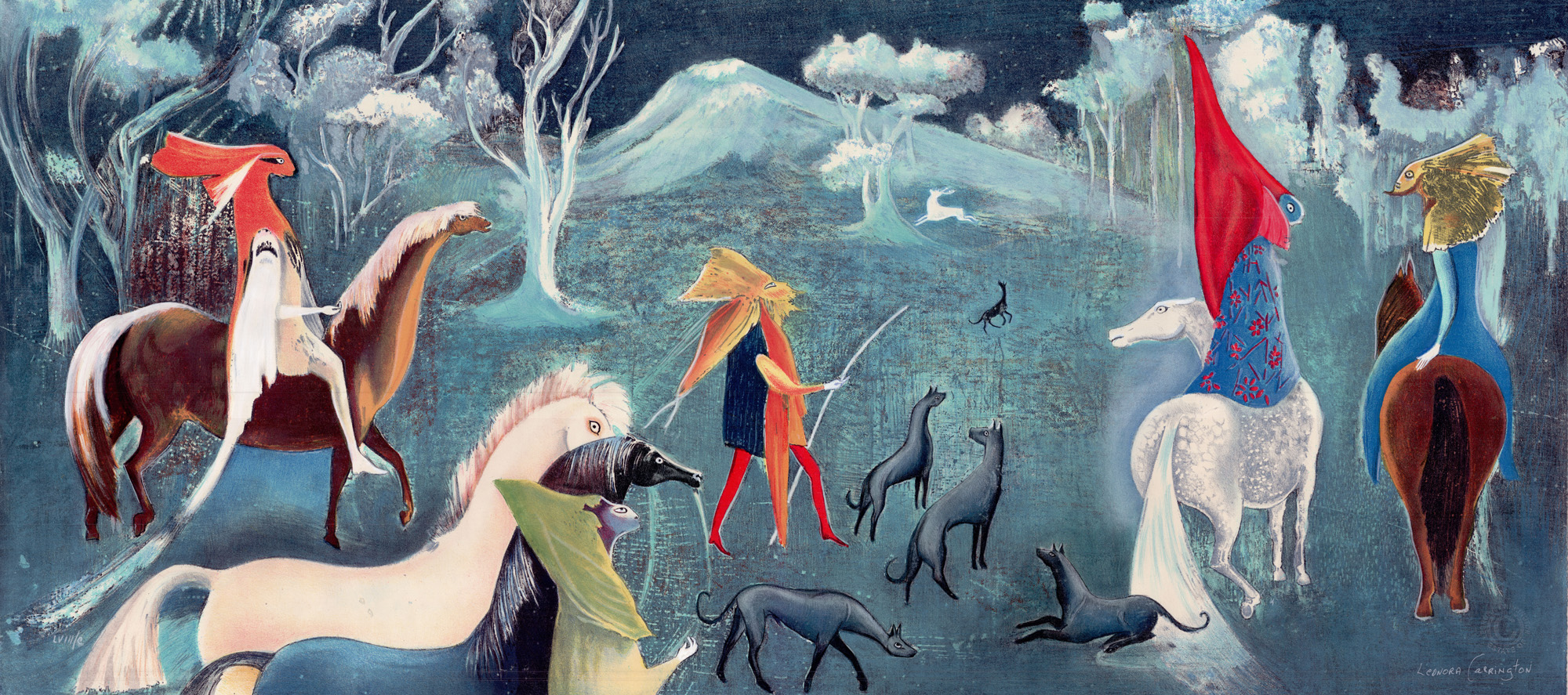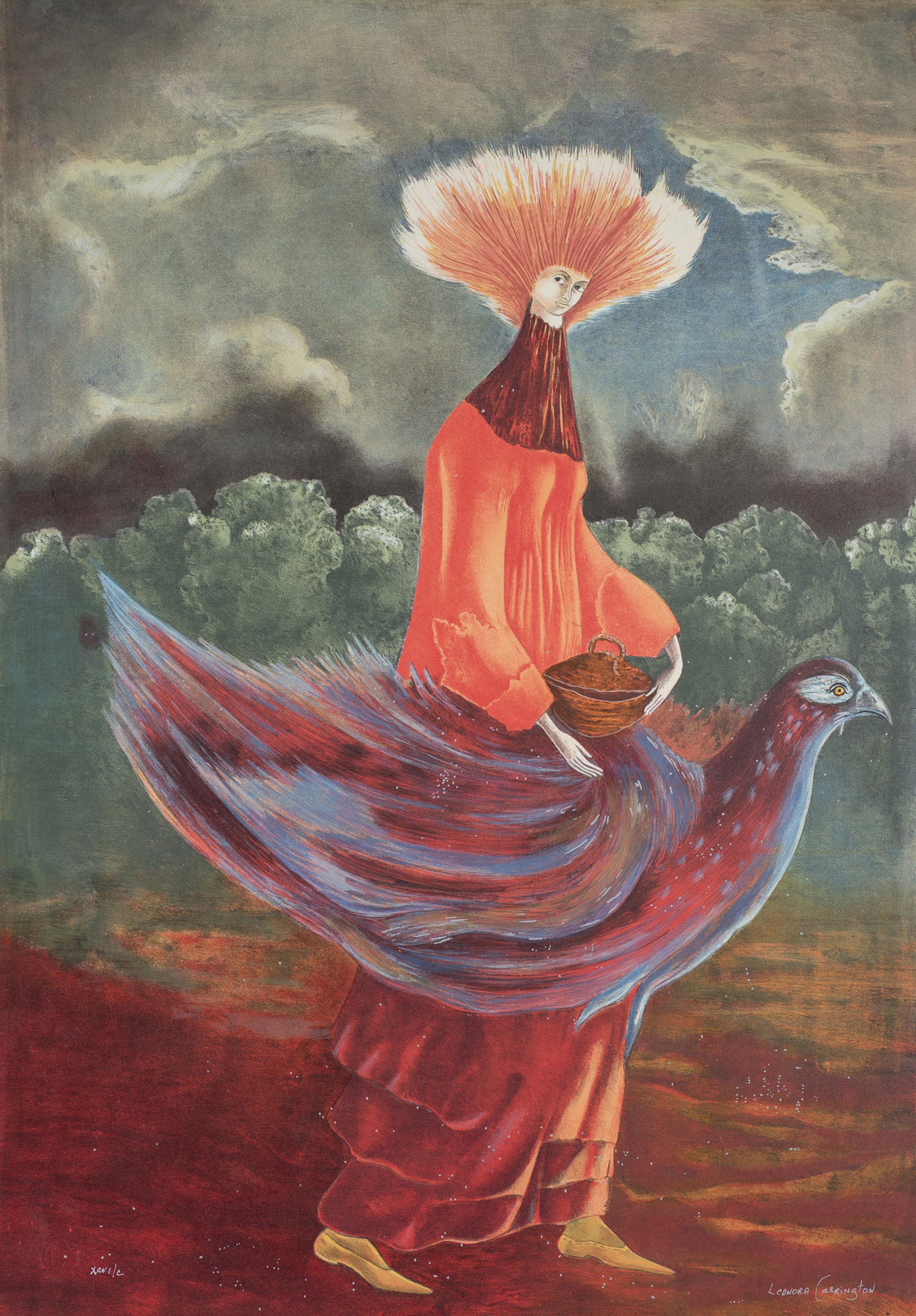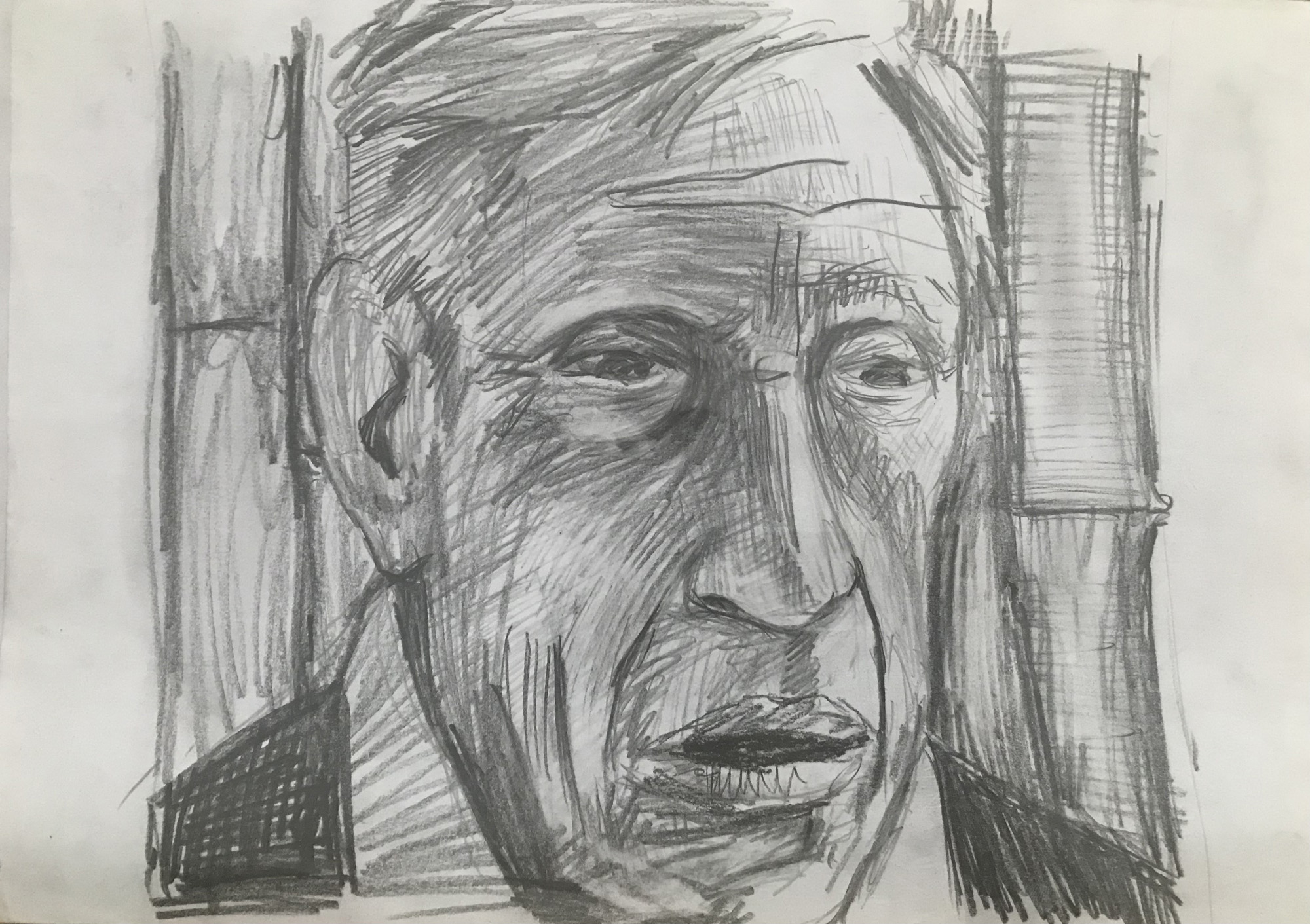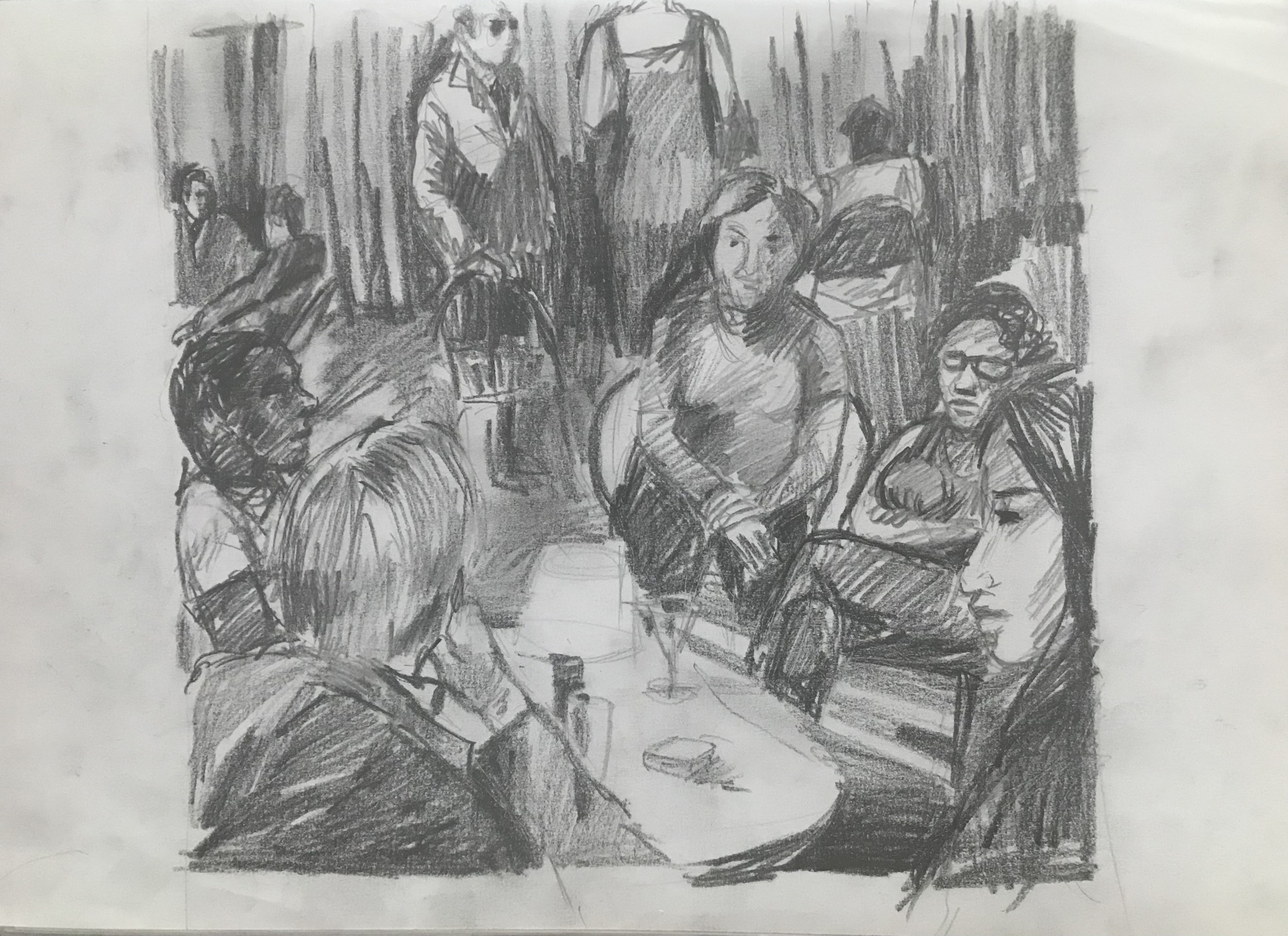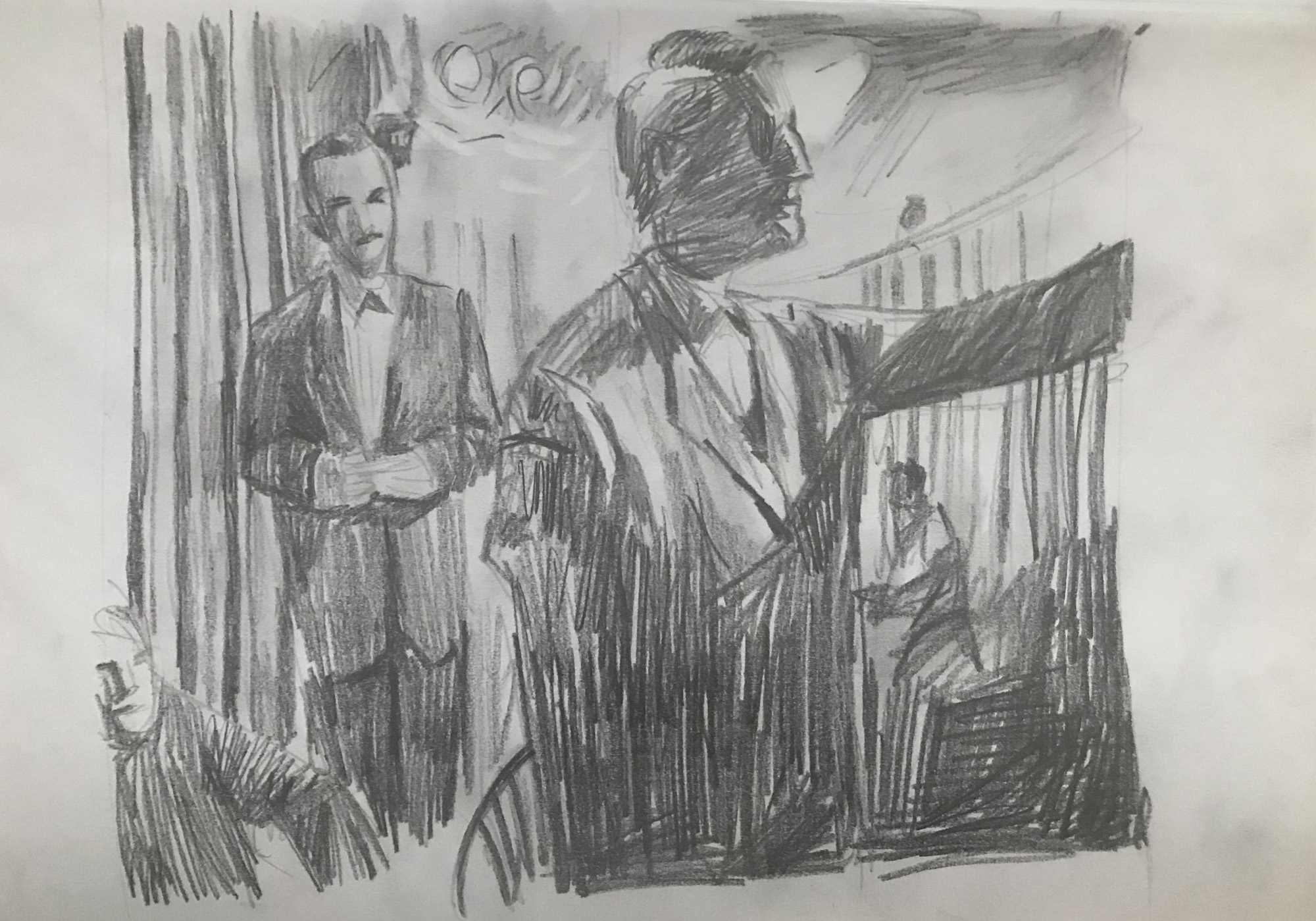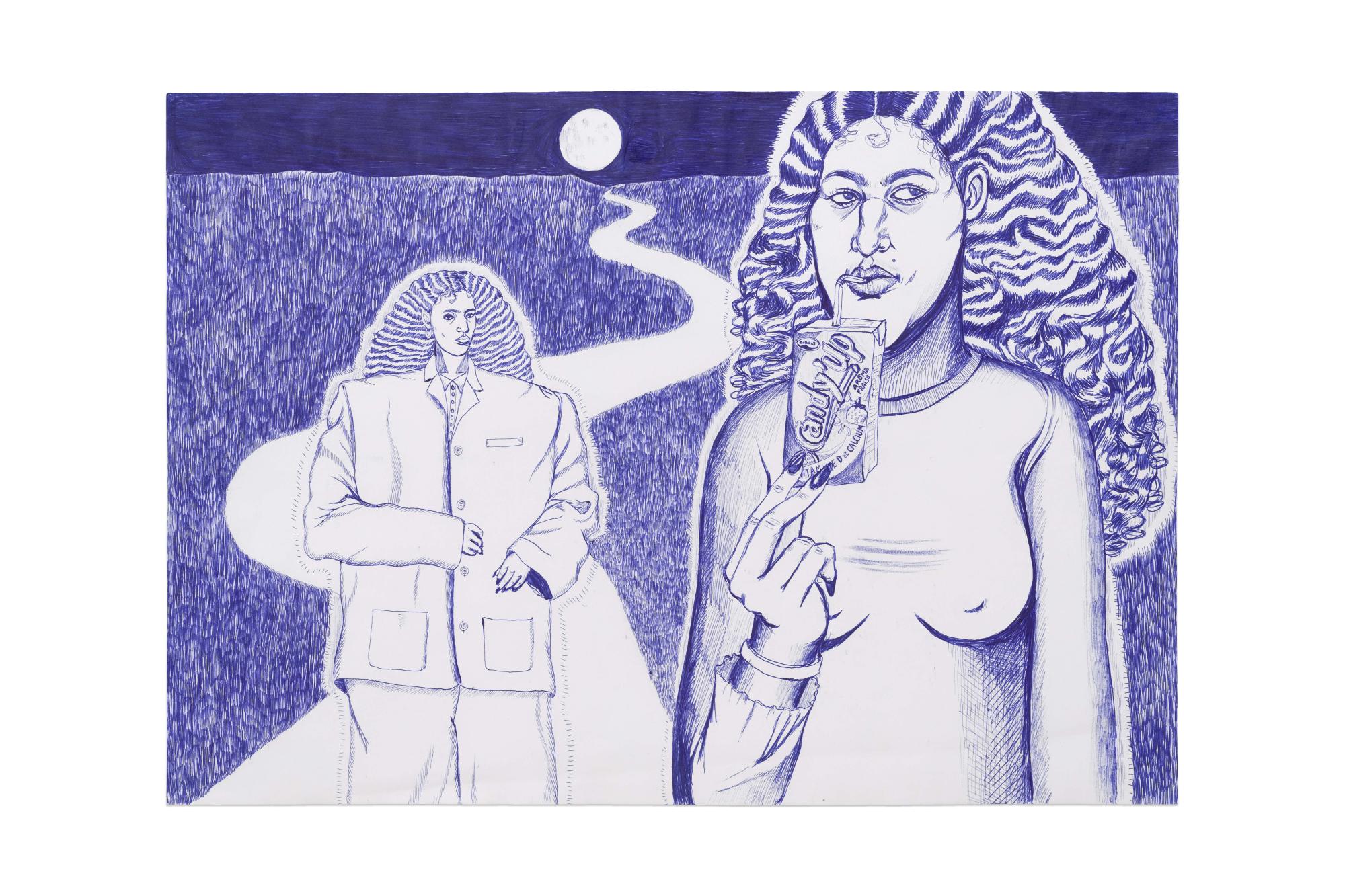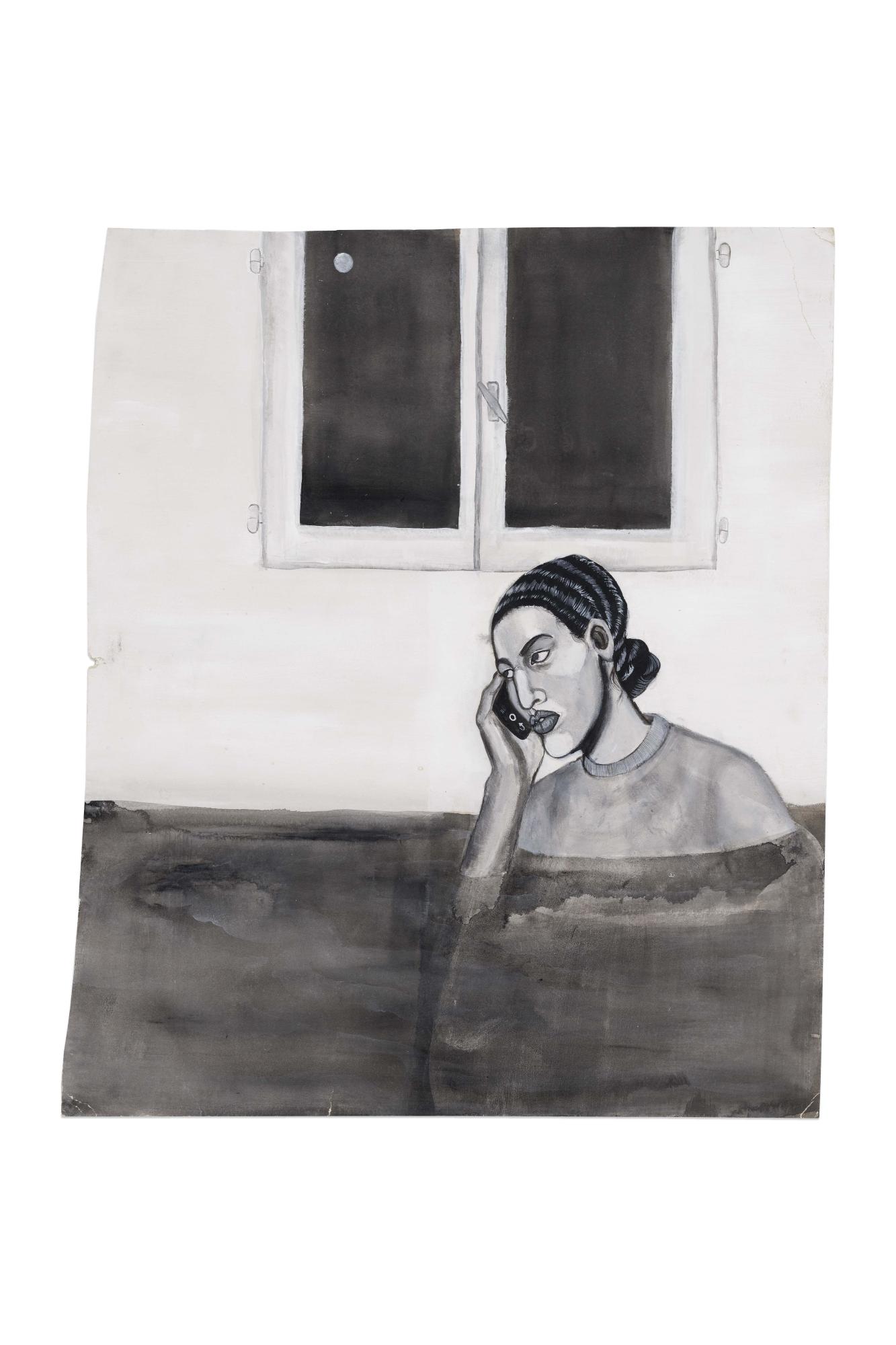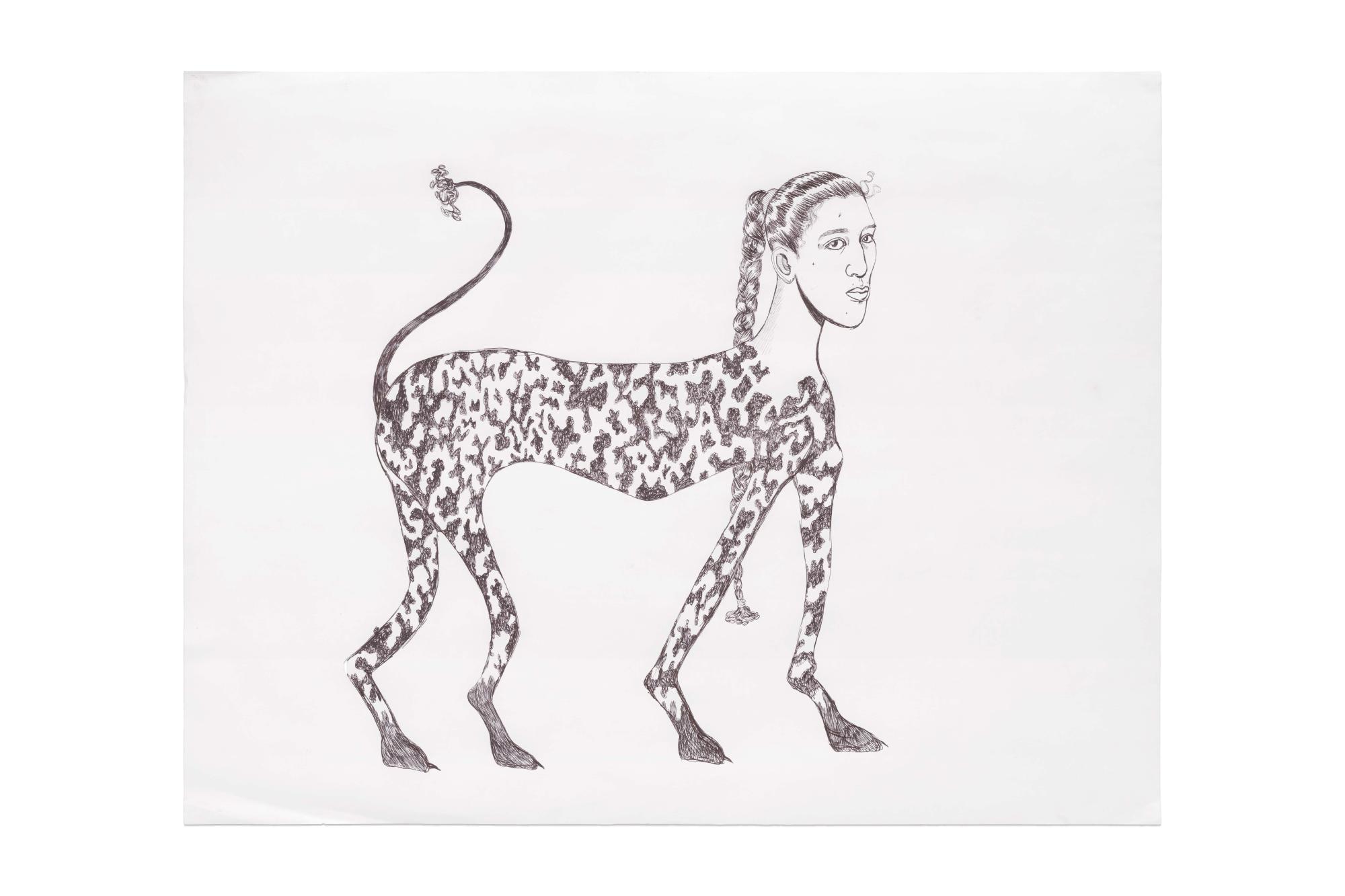Galerie Krinzinger & Krinzinger Schottenfeld curated by Mohamed Bourouissa
„The Language of Chimeras“
17.9. - 19.10.2024
Press release 

Galerie Krinzinger & Krinzinger Schottenfeld, Seilerstätte 16, 1010 Vienna & Schottenfeldgasse 45, 1070 Vienna
www.galerie-krinzinger.at
www.galerie-krinzinger.at
Curator(s):
Mohamed Bourouissa
More 

Mohamed Bourouissa is visual artist and photographer born in 1978 in Blida, Algeria living and working in Gennevilliers, France. Each of Mohamed Bourouissa's projects is preceded by a lengthy immersion phase and constructs a new situation of enunciation. Contrary to falsely simplistic media constructions, the artist reintroduces complexity in contemporary society’s representations.


©Daniel Roché
Artist(s):
-
Mohamed Bourouissa MoreBorn 1978, lives and works in France Mohamed Bourouissa was born in 1978 in Blida, Algeria, and currently lives and works in Gennevilliers, France. Each of Mohamed Bourouissa's projects, preceded by a lengthy immersion phase, constructs a new situation of enunciation. Contrary to falsely simplistic media constructions, the artist reintroduces complexity into the representation of the margins of hyper-visibility. His work has been exhibited in numerous solo exhibitions in France and abroad, at Palais de Tokyo in 2024, the Lam - Lille Métropole Musée d'art moderne, d'art contemporain et d'art brut à Villeneuve d’Ascq, the Musée d’Art moderne de Paris, the Centre Pompidou in Paris, the Barnes Foundation in Philadelphia, the Stedelijk Museum in Amsterdam, basis in Frankfurt, the BAL in Paris, the Haus der Kunst in Munich, and the FRAC Franche-Comté in Besançon. He has participated in the Biennials of Sharjah, Havana, Lyon, Venice, Algiers, Liverpool, and Berlin, as well as the Milan Triennial. In 2018, he was nominated for the Marcel Duchamp Prize. In 2017, he was shortlisted for the Prix Pictet photography prize. In 2020, he won the Deutsche Boerse Photography Foundation Prize following the exhibition "Libre échange" presented at Monoprix d'Arles as part of the Rencontres Internationales de la Photographie. In 2024, he was a finalist for the Mario Merz Prize. His works are held in prominent collections including those of MoMA - The Museum of Modern Art, New York, LACMA in Los Angeles, the Centre Pompidou and the Maison européenne de la photographie in Paris, and the Stedelijk Museum in Amsterdam. In 2022, he won the Paris Photo - Aperture Foundation Photobook Prize with Loose Joints editions for the book "Périphérique."
-
Leonora Carrington MoreBorn in England in 1917, Leonora Carrington arrived in Mexico in 1942 escaping World War II. Today, she is recognized as one of the most important and influential women artists of the 20th century. For over seven decades, Carrington's creative process was fueled by a magical and extraordinary world, often paired with a rebellious spirit that would define her life and practice. Leonora Carrington stands until today as a captivating and enigmatic figure of the surrealist art movement. Her fantastical ideas are carried across her preferred mediums of painting, sculpture, and writing and stand as a testament to her distinctive vision for an unapologetic and free-thinking exploration of the subconscious. Articulated by recurrent motifs (including hybrid animals, landscapes and fictive characters), feminism, ecology and the mystical of Carrington's oeuvre—employing a variety of genres, media and materials—plays upon the powers of challenging conventions, memory, fantasy, and freedom. Carrington’s artistic compositions were deeply intertwined with her tumultuous life experiences. Fleeing the family expectations imposed on her as a young society woman of early 20th-century England, Carrington forged her independent path within the surrealist movement in France, an influence she carried with her to Mexico. Much like her peers, she delved into the subconscious recesses of her mind, creating dreamlike narratives that echo her struggles and triumphs. Her art became a vessel for introspection and independence, a medium through which she navigated the complexities of identity, mythology and the arcane. Her work is found in renowned museum collections in the Americas, such as the Metropolitan Museum in New York the Peggy Guggenheim collection in Venice, Tate Modern & Tate Britain in London, Museo National de Antropologia e Historia in Mexico City, Hirshhorn Museum & Sculpture Garden in Washington DC, among other prestigious institutions. Throughout her career, Leonora Carrington has featured in influential international exhibitions, notably at the MOMA and Guggenheim in NY, the San Francisco Museum of Modern Art, the Cultural Art in the US, Irish Museum of Modern Art in Dublin, the Fondation Beyeler in Basel, Herbert F. Johnson Museum of Art, Ithaca US, Tate Liverpool, the Museum of Modern Art in Mexico City and more.
-
Neïla Czemark Ichti MoreBorn in 1996, lives and works in France The illustrator, painter, and storyteller Neïla Czermak Ichti, known on Instagram as @alienhabibti, is a graduate of the Fine Arts School in Marseille. The characters in her work may well have alien horns or mermaid-like scales, but their family resemblance is striking. The artist’s features are copied from one face to another, while mothers, aunts, and grandmothers are transformed into avatars. Seamlessly and in the most natural way possible, they all fuse into a syncretic style borrowed from manga, anime, and video games. This fierce and fantastic procession of characters is conjured up by Czermak Ichti with the tip of a biro – her preferred medium – and sometimes enhanced with acrylic paint. In her works, the monstrous becomes something else: a story of transmission and transition, as well as a sign of recognition. The stroke of her pen is as sharp as a Sphinx’s claw, a hybrid being as impossible to categorize as she herself, or the smiling or weeping kaomoji [Japanese emoji], a creature with a defined chest and a mocking sneer on its lips, as in her recent work Chienne de vie (2022).
-
Wifredo Lam More1902, Cuba - 1982, France “My painting is an act of decolonization not in a physical sense, but in a mental one.” Wifredo Lam A pivotal figure of Latin American modern art, Wifredo Lam was born in 1902 in Cuba, the son of a Chinese father and an Afro-Cuban mother of Spanish descent. After graduating from Havana’s Academia Nacional de Bellas Artes San Alejandro, he won a scholarship in 1923 to study at the Museo del Prado in Madrid, where he stayed until 1938, when he moved to Paris. There he was enthusiastically embraced by the city’s avant-garde, whose members at the time were fascinated with the unconscious, the fantastic, and the non-European cultures of Africa, Oceania, and the Americas. As a Caribbean of African descent, Lam held a particular appeal for these artists and poets (especially Pablo Picasso and André Breton), who perceived his race as playing a distinctive role in his work. In 1940, after the Nazis had occupied Paris, Lam escaped via cargo ship for an arduous journey back to Cuba. The voyage included a layover in the French Caribbean island of Martinique, where he met the poet Aimé Césaire, a founder of the Négritude movement, whose ideas would have an enduring influence on the artist. Back in Cuba after this long absence, Lam was confronted with the harsh reality of a country struggling to emerge from over 400 years of colonial subjugation. Disturbed by the island’s condition, Lam found motivation in his empathy with the dispossessed: “I wanted with all my heart to paint the drama of my country, but by thoroughly exploring the negro spirit, the beauty of the plastic art of the blacks.” La jungla (The Jungle), made two years after his return to Cuba, is a monumental drawing of life-size figures in a sugarcane field, a location invested with the island’s history of slavery. Embracing the influence of Cubism, Lam depicts these characters multi-perspectivally and gives them stylized masks, referring not only to the masks in, say, Picasso’s Demoiselles d’Avignon (1907) but also to the idols of Afro-Cuban mysticism. Lam used water-based gouache to compose the scene in translucent layers. The figures stand camouflaged amid the dense bamboo and sugarcane; their totemic forms, simultaneously voluptuous and angular, gesture provocatively in a mysterious scene evoking “*lo real maravilloso*” (the marvelous real), a term coined by the Cuban novelist Alejo Carpentier to describe the genuinely surreal nature of everyday life in the Caribbean. In Lam’s jungle, the exuberance of nature, and the imperturbable expressions of the masks, are interrupted by the alarming presence of sharp blades and beaks in the sugarcane. These menacing presences insinuate that other dangers may lie hidden beneath the jungle’s skin. A landmark in Lam’s oeuvre, La jungla was included in a solo exhibition at New York’s Pierre Matisse Gallery in 1944. There it caught the eye of James Johnson Sweeney, MoMA’s director of painting and sculpture, who successfully proposed the work for purchase to the Inter-American Fund, recently endowed by Nelson Rockefeller to strengthen the Museum’s Latin American holdings. Although Lam was absent from MoMA’s 1944 survey Modern Cuban Painters (following a dispute with the Cuban critic José Gómez Sicre, one of the show’s organizers), La jungla went on view in the Museum’s collection galleries immediately after its acquisition, in June 1945, and has been often on display since. Lam left Europe having experienced firsthand the vitality of Cubism, the emergence of Surrealism, and modern art’s fascination with African art. At home in Cuba, he developed a style that allowed him to express the hybrid quality of Cuban identity, fully asserting the African elements of its history in the language of modernist painting. In works such as La jungla, Lam reintegrated African art forms into an autochthonous context, challenging the Western construction of “the primitive” while still acknowledging the reality of Cuba’s colonial legacy.
Videos
Photos
Mohamed Bourouissa , Island, video black and white, sound, 11’47’’
Mohamed Bourouissa, Island, 2015. Movie still. © Mohamed Bourouissa ADAGP, Paris, 2024. Courtesy the artist and Mennour, Paris.
Mohamed Bourouissa , Island, video black and white, sound, 11’47’’
© Mohamed Bourouissa ADAGP | Produced on the occasion of Between The Idea and Experience, 12th Havana Biennal
Mohamed Bourouissa , Island, video black and white, sound, 11’47
© Mohamed Bourouissa ADAGP | Produced on the occasion of Between The Idea and Experience, 12th Havana Biennal
Neïla Czemark Ichti, Chorba glacée [Iced Chorba], 2019, ballpoint pen on paper, dimensions framed: 80 x 89 cm
Courtesy Galerie Anne Barrault and the Artist
Wilfredo Lam, genèse pour Wifredo, Annonciation, 1969 - 1982, etching, aquatint, colored, 61 x 80,5 cm, I/XXX to XXX/XXX, 1/125 to 125/125,
© Wifredo Lam Estate, Paris.
Wilfredo Lam, nouvelle bonté, Annonciation, 1969 - 1982, etching, aquatint, colored, 61 x 90 cm, 1/99 to 99/99
© Wifredo Lam Estate, Paris.
Wilfredo Lam, Annonciation, 1969 - 1982, etching, aquatint, colored, 61 x 80,5 cm, I/XXX to XXX/XXX, 1/125 to 125/125
© Wifredo Lam Estate, Paris.
Wilfredo Lam, 1969 - 1982, etching, aquatint, colored, 61 x 80,5 cm, I/XXX to XXX/XXX, 1/125 to 125/125
© Wifredo Lam Estate, Paris.
Leonora Carrington, Personajes Fantásticos, 2011, lithography, 50 x 110 cm, Ed. of 100
Courtesy of the Leonora Carrington Council and rossogranada
Leonora Carrington, Nine, Nine, Nine, 2011, lithography, 61 x 79 cm, AP
Courtesy of the Leonora Carrington Council and rossogranada
Leonora Carrington, The Latest Portrait Of Mrs Partridge, 2011, lithography, 100 x 70 cm, Ed. of 100
Courtesy of the Leonora Carrington Council and rossogranada
Leonora Carrington, White Face, 2011, silver_17 x 19 x 14 cm, Ed. of 6
Courtesy of the Leonora Carrington Council and rossogranada
Mohamed Bourouissa, Island, 2015, graphite pencil on paper, 21 x 29,7 cm
(c) ADAGP Mohamed Bourouissa Courtesy of the artist and Mennour, Paris
Mohamed Bourouissa, Island, 2015, graphite pencil on paper, 21 x 29,7 cm
(c) ADAGP Mohamed Bourouissa Courtesy of the artist and Mennour, Paris
Mohamed Bourouissa, Island, 2015, graphite pencil on paper, 21 x 29,7 cm
(c) ADAGP Mohamed Bourouissa Courtesy of the artist and Mennour, Paris
Neïla Czermak Ichti, Candy up, Full moon and David Byrne suit, 2018, ballpoint pen on paper, 29,5 x42 cm
Photo : Aurélien Mole Courtesy de la galerie Anne Barrault, Paris
Neïla Czermak Ichti, Allo, ouais il se passe des trucs chelous, rappelle moi, 2018, acrylics on paper, 68,5 x 59,2 cm
Photo : Aurélien Mole Courtesy de la galerie Anne
Neïla Czermak Ichti, She's not pretty she's something else, it's much more, 2019, ballpoint pen on paper, 50 x 65 cm
Photo : Aurélien Mole Courtesy de la galerie Anne Barrault, Paris

